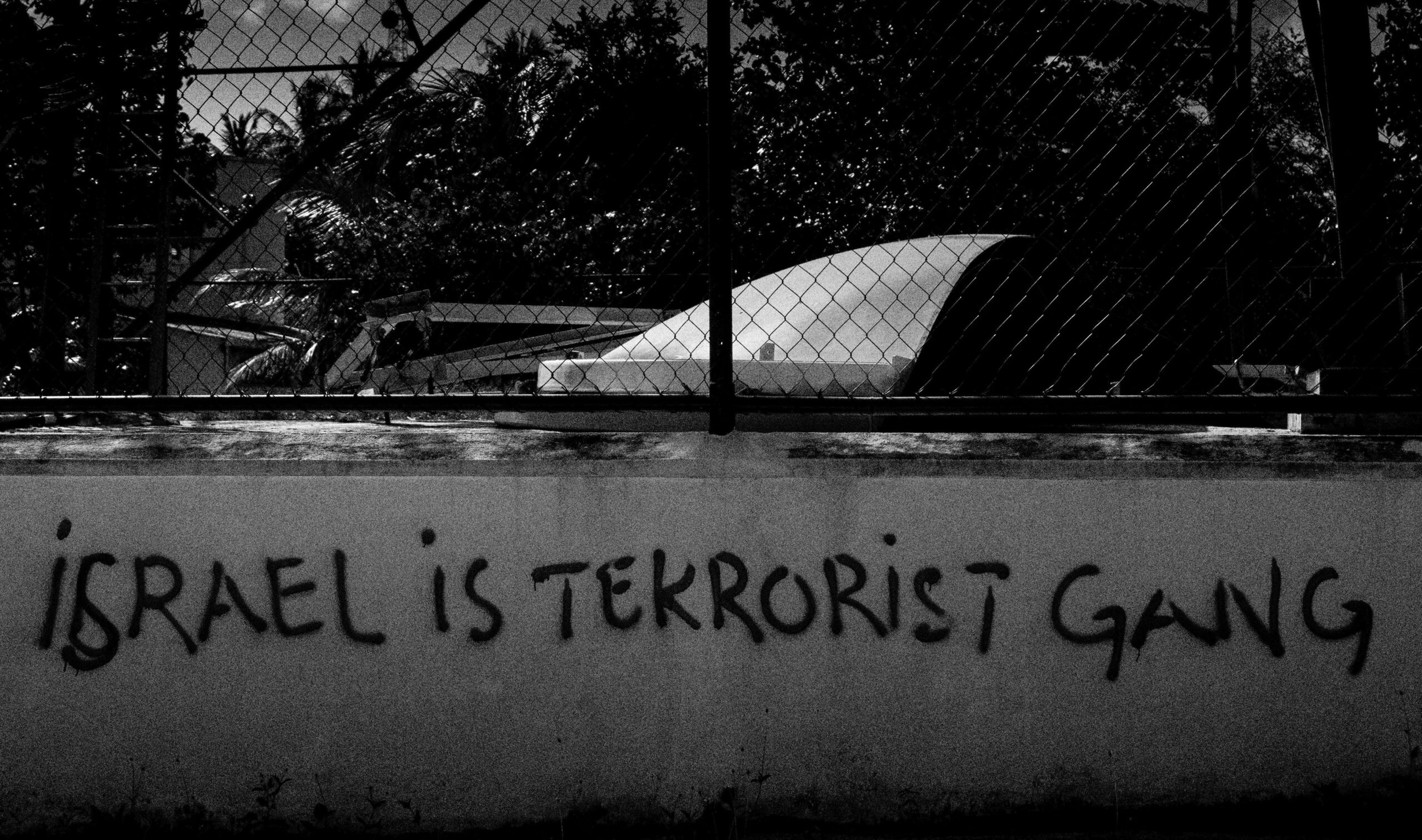In a world that feels more connected than ever, the shadow of global terrorism continues to cast a long and unsettling presence. But how exactly have these groups evolved and gained strength in today’s complex landscape? From shifting geopolitical tensions to the digital age’s new battlegrounds, the rise of global terrorist organizations is a topic that demands a closer look. Let’s dive into the factors fueling their growth, the strategies they employ, and why understanding this phenomenon is more crucial now than ever before. Join me on this journey to unravel the tangled web behind the surge of global terrorism in our modern era.
Table of Contents
- The Hidden Drivers Fueling the Expansion of Terrorist Networks
- How Technology is Amplifying the Reach of Modern Terrorist Groups
- Exploring the Socioeconomic Factors Behind Rising Extremism
- Strategies That Could Effectively Counter Today’s Global Terror Threats
- Future Outlook
The Hidden Drivers Fueling the Expansion of Terrorist Networks
While geopolitical conflicts and ideological extremism commonly make headlines, the undercurrents propelling terrorist networks are often more subtle yet profoundly impactful. Economic disenfranchisement, social alienation, and fractured governance create fertile ground for radicalization. Marginalized populations, grappling with limited opportunities and systemic neglect, become prime targets for recruitment. These environments foster resilience within these groups, enabling their growth beyond mere cells into sprawling networks leveraging local grievances to gain legitimacy and control.
Beyond socio-economic catalysts, technological evolution has emerged as a pivotal force. The rise of encrypted communications, dark web marketplaces, and social media propaganda arms terrorist organizations with unprecedented tools for recruitment, funding, and coordination. This digital landscape acts as both a shield and a megaphone, facilitating anonymity while amplifying extremist messages globally. Key contributors to this expansion include:
- Exploitation of conflict zones as operational safe havens
- Cross-border smuggling and illicit trade channels
- Ideological cross-pollination via global online communities
- Adaptive organizational structures that evade traditional counterterrorism methods
How Technology is Amplifying the Reach of Modern Terrorist Groups
In the digital age, terrorist groups have leveraged technology to transcend traditional boundaries, making their messages and operations more pervasive than ever. Social media platforms act as virtual megaphones, enabling these organizations to recruit globally by targeting disenfranchised individuals with tailored propaganda. Encrypted messaging apps facilitate clandestine communication, allowing operatives to coordinate attacks with minimal risk of interception. Meanwhile, the dark web provides a hidden marketplace for arms, funds, and sensitive information, amplifying their logistical capabilities beyond what was imaginable a decade ago.
Beyond communication, advancements in technology have introduced new tools in their arsenal:
- Drones: Used for surveillance and even offensive operations, adding a layer of threat to physical security.
- Cyberattacks: Initiatives aimed at destabilizing critical infrastructure such as power grids and communication networks.
- AI-driven tools: Employed to craft more persuasive propaganda or manipulate social narratives in real-time.
As these groups continue to innovate technologically, understanding their evolving tactics becomes crucial, not just for policy makers but for global communities striving to maintain safety and stability.
Exploring the Socioeconomic Factors Behind Rising Extremism
Understanding the surge in extremist activities requires a deep dive into the underlying socioeconomic pressures that often fuel such movements. Widespread poverty and unemployment strip away the stability that many seek, making vulnerable populations more susceptible to radical ideologies that promise change or belonging. Additionally, limited access to education not only restricts economic opportunities but also diminishes critical thinking skills, leaving individuals open to manipulation by charismatic leaders who exploit their frustrations. These factors intertwine with feelings of social exclusion and political disenfranchisement, creating a fertile ground for extremism to take root.
Moreover, urbanization and rapid demographic shifts contribute to a sense of instability among communities, especially when infrastructure and public services lag behind population growth. Often, the marginalized groups suffer from:
- Inadequate healthcare that exacerbates inequality and despair
- Unequal resource distribution leading to resentment
- Weak governance unable to address citizens’ basic needs
These conditions create a volatile environment where extremist narratives can thrive, offering simplistic solutions to complex problems and promising a renewed sense of identity and purpose in an uncertain world.
Strategies That Could Effectively Counter Today’s Global Terror Threats
In confronting the complex landscape of modern terrorism, a multifaceted approach is essential. Governments and communities alike must invest in intelligence-sharing networks that cross international borders, dismantling the anonymity terrorists rely on. Beyond hard security measures, promoting community engagement programs can serve as an early-warning system, empowering locals to identify and report suspicious activities before they escalate. Additionally, leveraging data analytics to anticipate attack patterns can provide a proactive edge in prevention efforts.
Education and counter-narratives form another critical front. By addressing the root causes of radicalization, such as social disenfranchisement and misinformation, we can undercut terrorist recruitment at its source. This includes:
- Promoting digital literacy to combat the spread of extremist propaganda online.
- Investing in socio-economic development to reduce vulnerability to extremist ideologies.
- Supporting rehabilitation programs for former extremists to facilitate reintegration into society.
Combining these strategies creates a resilient framework capable of adapting to the evolving tactics of today’s terrorist groups, turning reactive responses into anticipatory defense.
Future Outlook
As we continue to navigate an increasingly interconnected world, understanding the complex forces driving the rise of global terrorist groups becomes not just a matter of security, but of curiosity and insight. Peeling back the layers reveals a tangled web of political, social, and economic factors that refuse to be neatly categorized. While the challenge is daunting, staying informed and asking the right questions is our best compass through this ever-shifting landscape. What will the next chapter hold? Only time—and continued vigilance—will tell. Stay curious, stay aware.












